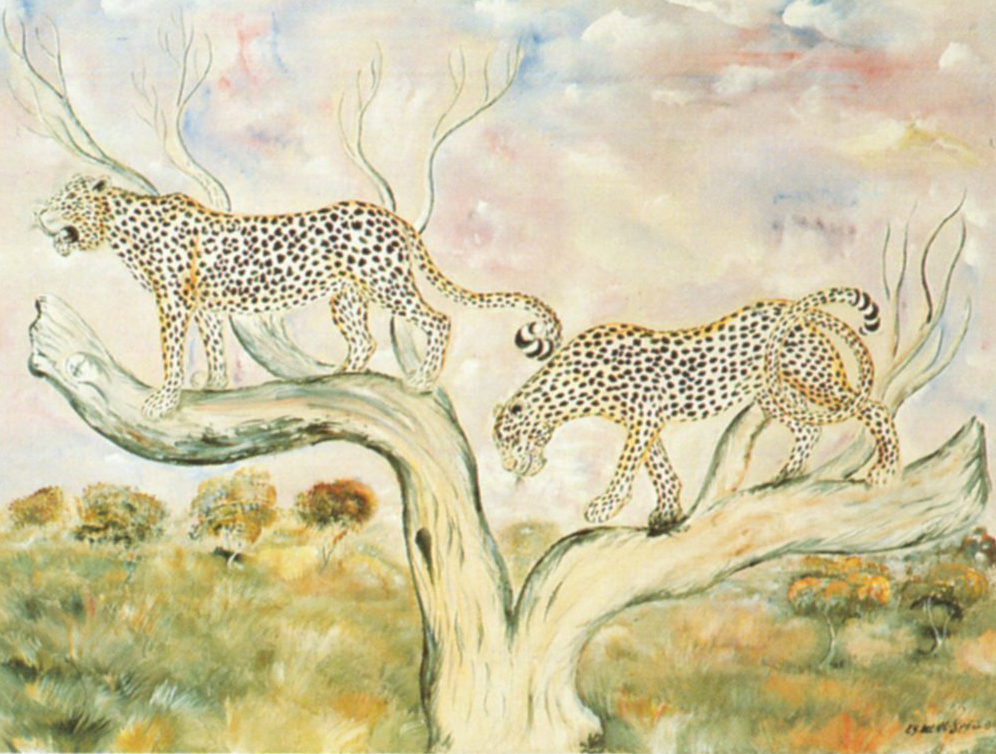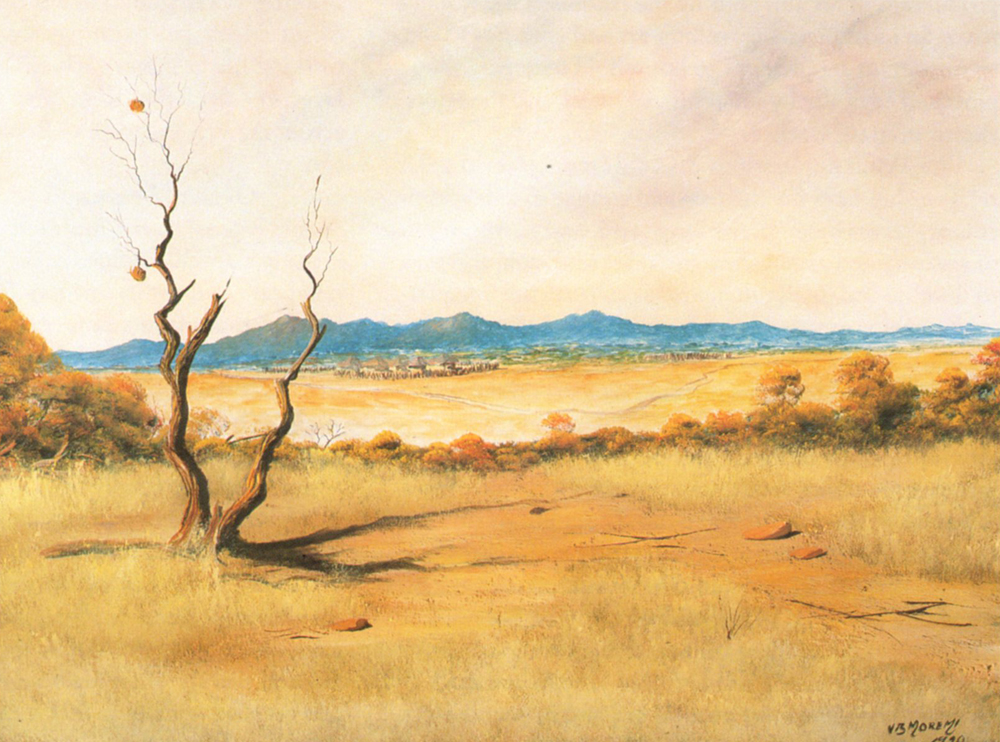Botswana in 1990
Date of Independence: 30 September 1966
Population: 1.17 million
Effects of South African destabilisation, 1980-88
(Source: United Nations Economic Commission for Africa)
- 100 deaths from South African raids and incursions
- excess defence spending US$250 million
- 80% imports from South Africa, resulting in US$350 million extra costs
A landlocked country, surrounded by South Africa, Zimbabwe and Nambia. Rainfall is sparse and erratic and droughts are frequent.
A succession of Tswana states each ruled by a king and aristocracy predominated in precolonial Botswana with economic power derived from large herds of cattle. In 1885, however, Botswana was declared a British Protectorate under the High Commissioner of South Africa and it became little more than a labour reservoir for South African mines and farms, with labour recruiters and white traders monopolising the commercial economy. Incorporated into the union of South Africa in 1910, Botswana became a British colony in 1961 when South Africa left the Commonwealth.
At independence, Seretse Khama took the leading part in formulating a Seretse republican independence constitution to establish a centralised democratic state. His policies were conservative: a guarantee for the white freehold farmer; open encouragement to foreign investment; and a neutral stance towards South Africa and Rhodesia.
Botswana is an active member of SADCC, with a government which rejects the apartheid system, but has been involved in less direct confrontation with South Africa than its neighbours. Nevertheless, a major raid was made on Gaborone in 1985 by the South Africans.
Mining, developed since independence, is one of the most important economic activities in Botswana, and diamonds are Botswana’s leading foreign exchange earner. Botswana is the wealthiest of the Frontline States, and the income from diamond mining is being fed into health and education, as well as transport infrastructure.




